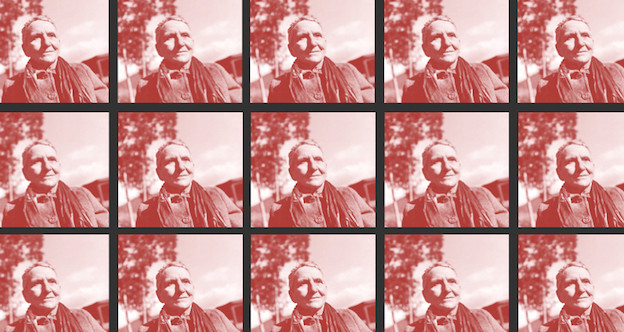The singularity shows

In Tender Buttons, Gertrude Stein begins the second section, “Food,” with a semi-coloned list of foods that includes “Orange” and “Oranges.” So, in this menu of sorts, color is singular and fruit plural, separated by the singular collective nouns of cocoa and clear soup. Unlike cranberry, a color so clearly named after the fruit, orange is more a prediction, and I think of Gilbert Sorrentino’s The Orangery, and how he must have had Stein somewhere in mind with his permutations of orange and the tenuous abstract relations of signifier into composition. In “Food,” the lines between plural or singular, collective or not, are never clear, with apple standing alone and milk appearing twice but unrelated to itself, and breakfast a singular event that consists of many things. Sugar is made of a thousand tiny grains and eggs would have been easier to describe as one, therefore, plural, eggs, to complicate the description, the apprehension of its perfect form (which so inspired Brancusi). Volume, too, is an important part of food — the mass and conception of it, and how it slides from bulk to emptiness.
Singularities are complicated, joined, pluralized: apple becomes “apple plum” and eggs are “in white in white handkerchiefs with little dots in a white belt all shadows are singular they are singular and procured and relieved.” Again, in “Silent Knight” by Sorrentino, an echo of the play between one and many. “A wanting. A desire. / The current cant is ‘needs.’ / What does one need / to live?” Food, obviously, but perhaps not all of Stein’s “Objects”; I think one does need “Rooms” and its intensely musical phrases (on rereading Tender Buttons in the first time for some years, I was amazed at the music of it — fully modern music that takes its tune straight from language itself and not language crusted with centuries of metrical expectations — “cadences, real cadences, real cadences and a quiet color”) to live.
The movements between many and one in “Food” are quickened in “Rooms” — questioned, Why, why they are such things. And then Stein’s intense conjunctive phrasing — everything joined together equally in a way not seen before in language traditionally constructed to indicate dominance and subordinance. Marvel at the syntax below, from “Rooms,” where there is punctuation and where there is not punctuation when there “should” be and how beautiful when that “should” is negated:
A religion, almost a religion, any religion, a quintal in religion, a relying and a surface and a service in indecision and a creature and a question and a syllable in answer and more counting and no quarrel and a single scientific statement and no darkness and no question and an earned administration and a single set of sisters and an outline and no blisters and the section seeing yellow and the centre having spelling and no solitude and no quaintness and yet solid quite so solid and the single surface centred and the question in the placard and the singularity, is there a singularity why is the surface outrageous, why is it beautiful why is it not when there is no doubt, why is anything vacant, why is not disturbing a centre no virtue, why is it when it is and why is it when it is and there is no doubt, there is not doubt that the singularity shows.